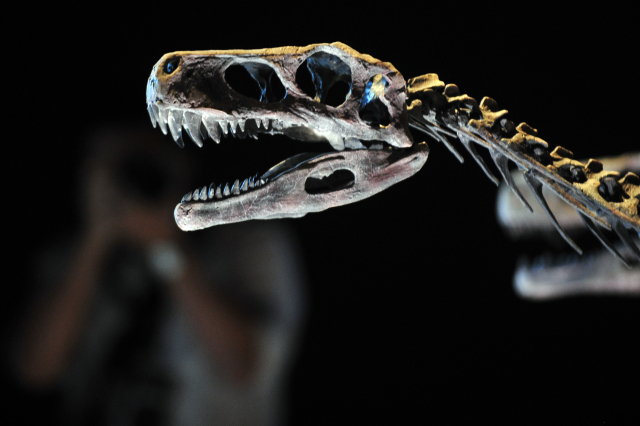446
About 66 million years before us, a huge asteroid crashed into the planet. But by what mechanisms events developed further, it is not clear exactly.
Researchers resorted to a computer model based on information about the state of the climate at that time, the nature of sediments and the factor of the dust blown into the atmosphere after the impact.
The results showed that silicate dust particles remained suspended in the air for at least 15 years, preventing the sun’s rays from reaching the Earth’s surface. Because of this, photosynthesis soon stopped, and it got sharply colder. This was enough to disrupt food chains and started a chain reaction of death of entire species.

